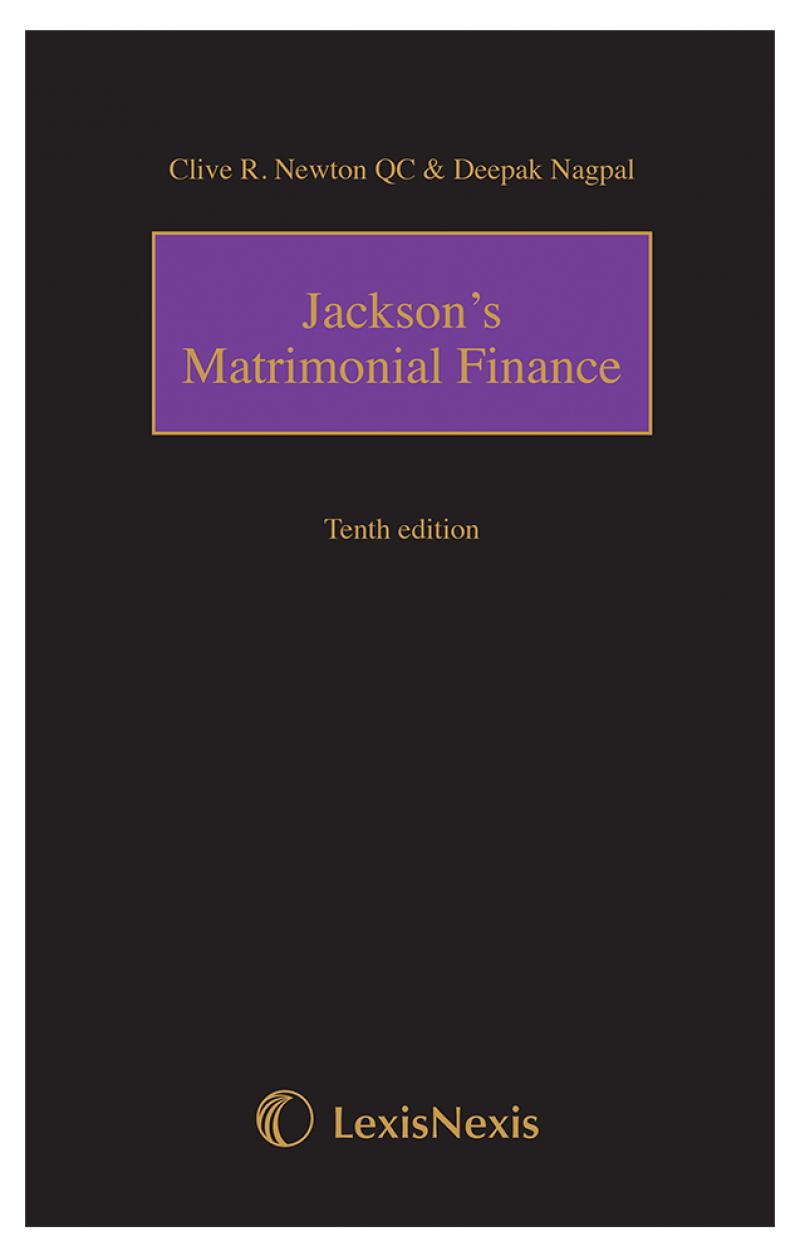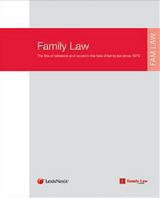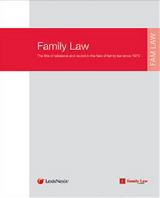- News & Comment
-
Online Shop
Online Services
Looseleafs
Law Reports
Books and eBooks
-
CPD & Events
Webinars
Events
- Authors
- About Family Law
- Contact












 10 APR 2025
10 APR 2025

 7 APR 2025
7 APR 2025

 9 APR 2025
9 APR 2025

 9 APR 2025
9 APR 2025

 9 APR 2025
9 APR 2025



In the cross-currents of the common law principles of disclosure and confidentiality two cases, over the past month, stand out: DB v The General Medical Council [2016] EWHC 2331 (QB), Soole J and X, Y and Z (Disclosure to the Security Service) [2016] EWHC 2400 (Fam) judgment on 6 October 2016 (headed Commissioner for Police of the Metropolis v A Local Authority) MacDonald J. Both concerned confidentiality in documents, and whether disclosure principles should override these: one in Data Protection Act 1998 decision-making and in the other in children proceedings. Both concern disclosure by or to third parties (ie ‘non-parties’ per CPR 1998 rr 5.4C and 31.22).
Both cases, it seems to me, raise questions for family lawyers over the release of court documents and information: in the first case as to when a report on an individual may be released to him/her, perhaps for use in separate proceedings; and, in the second, as to when documents may be released to non-parties from children proceedings (eg to the security services).In DB v GMC a doctor, DB, had been investigated for fitness to practice in respect of diagnosis of bladder cancer in a patient of his (P). A report was prepared by an independent medical specialist. This concluded that DB’s treatment fell below – ‘but not seriously below’, said the report – the expected standard. A copy was sent to DB. P wanted to see a copy, and applied to the GMC accordingly. His lawyers said he was contemplating professional negligence proceedings. GMC proposed to send the report to P. Application was made by DB in judicial review for a declaration which would prevent disclosure; and it was this application which Soole J heard.
The judge considered that, from the data protection point of view (especially Data Protection Act 1998 s 7), both doctor and patient were data subjects and their respective privacy rights must be balanced. Release of information is not automatic (para [57]; and see Durant v Financial Services Authority [2003] EWCA Civ 1746). Indeed, there is a presumption against disclosure (Durant). The use to which the report might be put was important, in the sense that if formally sought as disclosure in court proceedings there was provision for protection for DB (CPR 1998 r 31.22(2) (see below); and Durham County Council v Dunn [2012] EWCA Civ 1654) (para [88]). P’s application was therefore refused.In X, Y and Z MacDonald J dealt with an application by the Metropolitan Police (MPS) to release a judgment and mother’s statement in unconcluded care proceedings to the security services (otherwise MI5). MPS had received the documents on their own earlier application. MPS wanted to release the documents to assist in their enquiries (eg in case MI5 could provide them with information about any criminal, including radicalisation, information about the mother: MI5 were nota party to the application). The case turned on whether there should be conditions upon release to MI5. MacDonald J said there should be: the court should maintain control of confidentiality in the documents.
MacDonald J provides a most help full summary of the relevant law:
The ratio of both decisions turned on how in different contexts the court should deal with confidentiality (or data protection); and in particular, in DB v GMC, as to whose confidentiality was most important.
The principles set out in, and the jurisprudence arising from, CPR 1998, rr 5.4C and 31.22(2) are relevant in both cases. In these cases the court are concerned with release of documents to non-parties (r 5.4C) and restriction on use of disclosed documents (r 31.22(2)). Neither of these rules are directly applied to family proceedings; but insofar as they represent the common law (as explained in Evidence in family proceedings by David Burrows (2016, Family Law/LexisNexis) at Ch 13) these rules apply to all family proceedings. The considerations in DB v GMC would apply in the same way to a parent who wanted a report on a doctor’s or local authorities’ care of his/her child, perhaps for use in care proceedings or for a claim for a child.
As Soole J pointed out, different principles as to privacy apply in data protection as against in civil litigation. The report must be disclosed by DB in any professional negligence proceedings; but application in such proceedings could be made by DB for limitations on publication. Such restrictions are not available in DPA proceedings. Thus CPR 1998 r 31.22(2) provides:
(2) The court may make an order restricting or prohibiting the use of a document which has been disclosed, even where the document has been read to or by the court, or referred to, at a hearing which has been held in public.
'[71] … However, in circumstances where what is in issue is the disclosure of confidential, and in some cases highly sensitive, material, the court will require evidence concerning the operational impact of refusing disclosure or imposing conditions that goes beyond mere inconvenience. The mere fact that an agency will be required to return to court to obtain permission for onward disclosure is unlikely to be sufficient…'
MI5 must come back to court, if need be by closed material procedure for further release. The subject of closed material procedures is considered by MacDonald J as a coda to his judgment (paras [89] to [95] and see on closed material procedures Evidence in family proceedings by David Burrows (2016, Family Law) at Ch 20).
The public interest in confidentiality (Att Gen v Guardian Newspapers Ltd (No 2) [1990] 1 AC 109, [1988] UKHL 6, [1987] WLR 776, (Spycatcher case) must be preserved: in DB v GMC for the protection of the doctor; and in X, Y and Z for the protection of the child and family. In the latter case confidentiality is protected by imposing conditions on release of documents.



